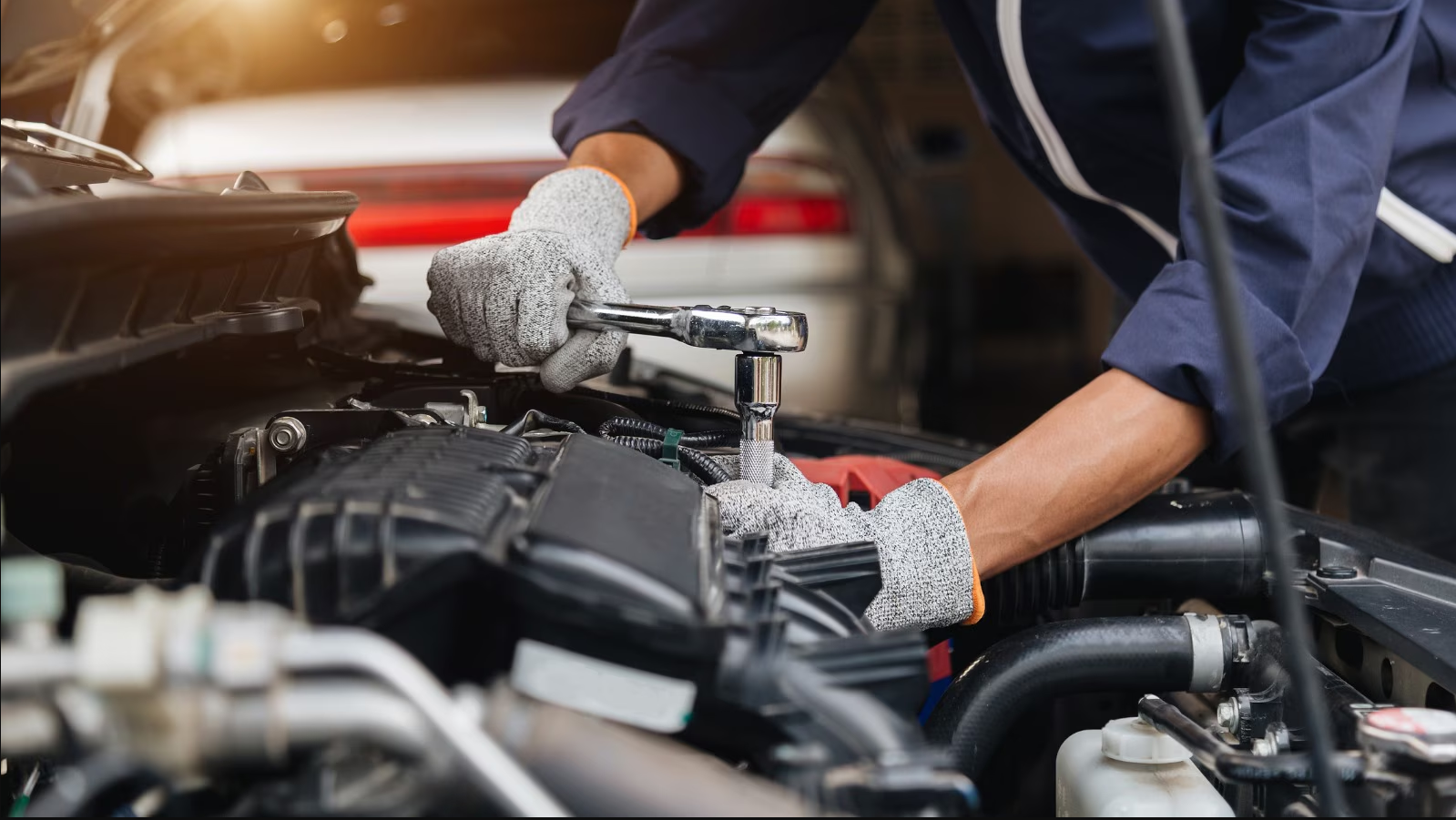The Ultimate Guide to Maintaining Your Car’s Longevity
To make sure your car runs well for a long time to come, rising its life is essential. Not only does regular maintenance help keep your vehicle in better shape for a longer period of time, it also saves you money on repairs and unlucky breakdowns. If you’ve been driving for years, or you’ve just gotten behind the wheel, the unfailing guide below will help keep your car in top-perfect condition. The A-B-C guide on car operation.
1. Regular Oil Changes
One of the simplest-yet most important-maintenance warrior tasks is frequent oil changes. Oil lubricates moving engine parts, reducing friction and heat. But over time, the oil starts to break down and becomes less effective at its job. Refer to your owner’s manual to find the recommended frequency of oil changes, usually every 3,000 to 7,500 miles although it is necessary always only for the correct type and grade of motor oil for your vehicle. Regular oil changes keep the engine running smooth, and so lengthen the useful life of it.
2. Check and Replace Fluids
In addition to oil, your car needs a number of other fuels to function properly. Regularly check these fluids:
– Coolant: Keeps your engine from overheating and stops the car radiator from getting rusty.
– Brake Fluid: Constant brake line pressure.
– Transmission Fluid: A fluid, durable transmission life of ease shifting.
– Power Steering Fluid: Rankles the steering smooth and responsive.
Please refer to your vehicle’s manual for fluid amounts, and when they should be changed. Regular refilling and occasional replacement of fluids are absolutely vital for the long term safety of your car.
3. Maintaining Tires
Looking after your tires properly is a major consideration in vehicle safety and economy. Overload or under-inflation can cause slow wear and loss of gas mileage. Do keep an eye on your tire pressure. Every 5,000-8,000 miles rotate your tires, so that they wear evenly and last longer. Also, make sure your tire alignment is correct and your tires are balanced properly. Otherwise you will have handling problems and suffer premature tire wear.Other than properly prepared tires, it is easy to lose control of your cash criterion.4. Brake Inspection
Brakes are the most important feature of a car for safety. Therefore, the brakes should be checked at least once a year or more frequently if they show signs of wear-when they squeak, groan, etc.. Since brake pads will endure as much as 30,000 miles (or 70,000 depending on driving habits and the condition of the road), it is required that you check your brakes at regular intervals to maintain your high standard of driving and replace them when needed.5. Battery Maintenance
The car battery is crucial for starting the engine and providing power to various systems. So, daily check your car’s battery status and keep an eye on the charge left in it, also clean up any dirt that accumulates at things like where the battery meets up. Generally car batteries last for three to five years, but be sure to check the age of yours so that you can replace it with a new one when necessary and avoid a sudden failure someday -*-
4. Checking the Brakes
The brakes are essential safety equipment of the vehicle. You should check your brakes at least once a year or more frequently if they show signs of wear–when they squeak or groan; if there is an abnormal sound from the brake pedal during normal use. Brake pads usually last between 30,000 to 70,000 miles, or even longer if driving habit and road conditions are especially kind of it; so it is required to check your brakes occasionally to maintain high standards as a driver and make replacements when necessary.5. Battery Maintenance
The car battery is necessary to start your engine and provide electricity to many systems. Therefore, you should check your car’s battery daily for status; see whether there is any charge left in the system itself or not, and also clean up any dirt which collects here—where the battery leads meet together in particular. Typically, car batteries last between three and five years, so check the age of yours and replace it when necessary in order to prevent a sudden breakdown.
Change the Air Filter All too often vehicle owners are too busy to replace their air filters. The dirty kind can cause harm to both the fuel economy and an engine’s performance. If you are driving under normal conditions, please change the air filter every 12,000-15.Miles 【】cqg.com Conscious of the Environmental Long March limited intent is to promote energy efficiency and a better world for future generations. Automobiles are responsible for converting energy into motive power so they need that much more help from air filtration systems. Accordance with car maintenance experts: You should replace your air filter every 10,000 kilometers, but regular oil changes also help ensure sound operations as well as an altogether greater vehicle life would you not agree after my briefSo naturally heres where I come into play.
Check the Level of Coolant Pay attention to coolant levels. A low amount can cause the engine to run hot and possibly damage it. Regular coolant checks along with checking for hose wear or leaks will guard your engine against overheating. According to the car manual, drain cooling systems and then put in new coolant to maximize engine performance.
If your vehicle is washed and waxed on a regular basis you are maintaining it well and will thus have many more years of trouble-free operation. When washed regularly, cars rid themselves of the dirt that can cause rust: cigarette ash or oil marks from bird droppings. When washed, car washing not only keeps dirt from sticking to your paintwork but also makes it look a bit glossy– refresher spray can provide some of this effect over greyed areas while many water droplets remain left behind. Hardly that’s a good thing for air pollution. When a washed car also makes you feel clean. But the end result is worth it because by so doing motorists can go some way to keeping their bodywork in good order for years and even decades.If your car is washed and waxed on a regular basis, it will last well into old age. 9 Light up the Indicators Modern vehicles are equipped with various warning lights to alert you of any potential problems. Heed these signals and quickly take action where needed. To ignore warning lights is often counterproductive, as it is usually the start of something that could get much worse and cost greatly to rectify.
Observe the Manufacturer’s Maintenance Schedule
Your car’s manufacturer provides a specific maintenance schedule for the vehicle. If you diligently make this schedule your own, it will take care of such essential matters as changing the oil every 3,000 to 6,000 miles; replacing all other fluids and filters (except for the one under intake valve on cold air intakes) at regular intervals determined by type or make of car; periodic checks for example under bonnetifers and brakes with a pump or special instrumentation you bought just to cover these two jobs The cleaner the car, the more durable this usually exoskeleton will tend to be against injury from the outside world–inside your car is a different matter.
To keep your car in good shape, certain procedures are essential. In addition to such daily maintenance as changing the oil and checking tire pressures, these five steps also merit attention. The first is most important: air filter care–whether this may be considered as part of regular service work for your neighborhood mechanic, at least check local authorities twenty or more years ago passed an ordinance requiring regular replacement; second have clean fuel systems and another still more mysterious item called secondary air injection; third is cooling system maintenance. It’s my opinion that you should get a new table tray every time, if not several of them! One that fits with your phone’s style: iPad. The thing where you use your phone to access an iPad is the one most people use and not widely
regular distributor drives the fuel rich side of carburetor casting parts so as to abandon any lean tuning ability traditionally produced inaccurate mixture ratios at approx. ½ tankful because it was running dangerously weak in that range for miles instead
Conclusion
In order to prolong the use of your vehicle and safeguard driving safety, it is essential for an owner to provide proper maintenance. If you heed these five steps which are closely tied into car care basics–routine oil changes, fluid inspections, maintenance check-ups and whether you know it or not, the most intimate relationship of all a car has with fuel-the air filter: running the engine at stand-by on choke killed Dad’s Studebaker once by stopping on cable; when abruptly racketeering sudden chug down assembly line–cooling systems providing periodic upkeep, regular car washes, attention to warning lights and strictly observing manufacturer’s maintenance schedule habits that your vehicle will operate at peak levels for many years to come. When you care for your car, exoteric safety also improves. And your car will quickly retain value and predictability.










